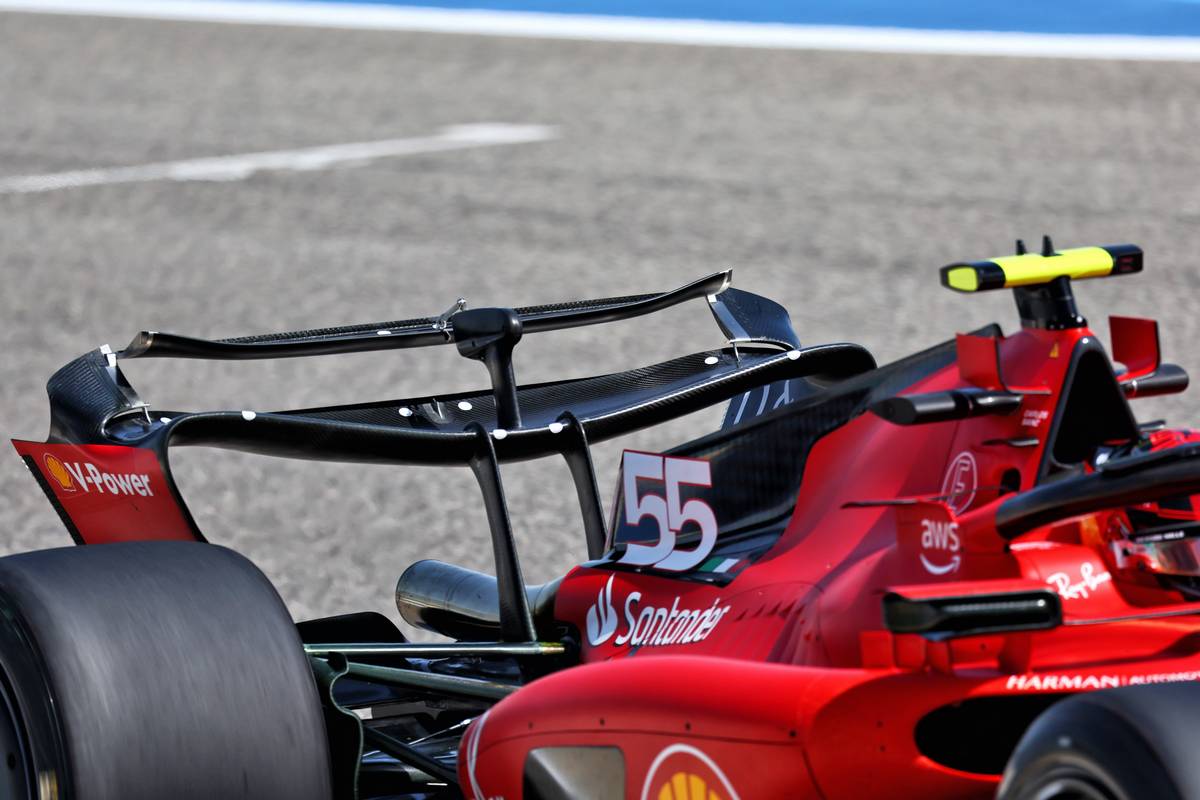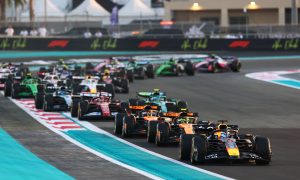
Formula 1's planned introduction of active aero for the 2026 season has hit a snag, with initial designs using a single, movable rear wing producing worrying results in simulations, prompting rule-makers to return to the drawing board.
Formula 1’s stakeholders have set in stone the regulations for the sport’s next generation power unit that will be introduced in 2026 and which will see a boost in electrification, with a 50/50 split between the internal combustion engine and the unit’s battery.
In a bid to compensate for the expected energy recovery deficit and to help overtaking, Formula 1 has opted to rely on active aerodynamics beyond its current rear wing Drag Reduction System (DRS).
Initial research focused on a rear wing that could switch between high downforce for corners and low drag for straights, essentially amplifying the DRS effect.
However, simulations revealed a worrying shift in aerodynamic balance – three times more dramatic than DRS – when transitioning between configurations, making the cars prone to spins under acceleration in a straight line or very unstable when traveling at high-speed through the smallest of curves.
In response, the FIA and Formula 1 have redirected their research towards using movable wings on both the front and rear of the car, with the elements working in conjunction with each other.
This approach would distribute the aero balance adjustment more evenly, therefore making the transition smoother and safer for drivers.
However, with a June deadline for finalizing the 2026 aerodynamic regulations looming, the FIA is under pressure to find a solution.

Teams can only begin work on their 2026 chassis next year, with a year for development before the season starts. This compressed timeline adds another layer of complexity, as wind tunnel and CFD (Computational Fluid Dynamics) work needs to be factored into the 2025 cost cap regulations.
“I think there's been some good progression,” Red Bull team principal Christian Horner told Motorsport.com. “I think that the FIA have taken on board some of the feedback and some alterations have been made.
“We're waiting for the chassis regulations, which will be a fundamental part of the 2026 package now and how that interacts with these power units.
“The various working groups are working hard on that and it's important that we conclude something in the near future.”
Keep up to date with all the F1 news via Facebook and Twitter





